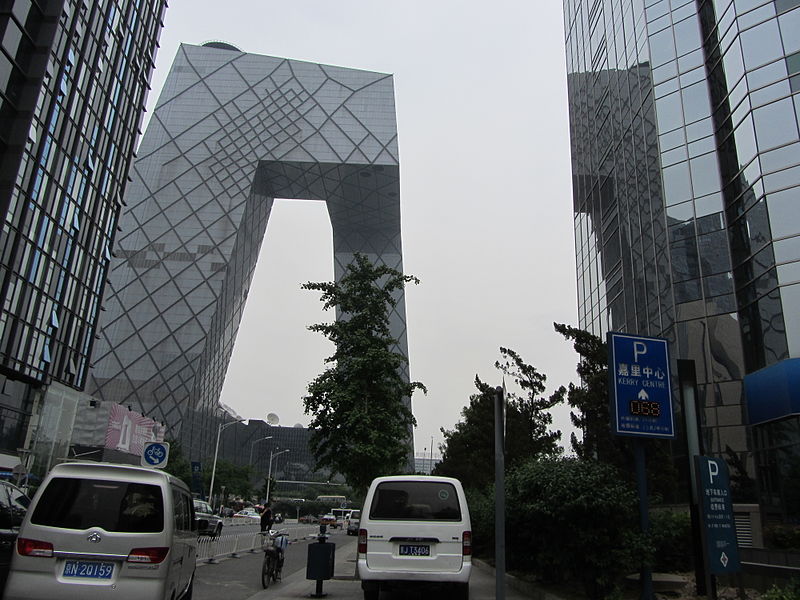
July 30, 2014, by Tony Hong
Changing Chinese TV channels
By Elizabeth Henriette Schenderling,
Student at Nottingham University Ningbo Summer School.
In comparison to the West, television has grown to be a popular form of entertainment very quickly in China. In 2005, Chinese television made 242,146 hours of television every week and 12.6 million hours per year. From the 50’s until the middle 80’s, education was the main purpose of television. That is not the case anymore today. When I was relaxing in my hotel room in Shanghai, I watched some television and saw that there were over 35 different channels. All these channels either broadcasted a live-entertainment program or a drama series. In this blog I would like to explain how the Chinese television industry has developed. And what the influence of commercialization had to do with that development.
Since the beginning of the CCP, the media has functioned as the spokesman for the ideologies of The Party. The media was an important way of spreading information and policy rules. Also the media was a way of stimulating active participation of the people. In 1958 television started to develop. The channels Beijing Television, Shanghai television and Harbin television arose. But due to different economic reasons the development of television stagnated in the 60’s. And in 1966 Shanghai television and Harbin television were suspended. It was only until 1978 that television as we know it today in China started to develop. The only channel, Beijing Television, was changed into China Central Television (CCTV). And soon there came new and different channels. Television programs were renewed and a lot of television programs were imported from the rest of the world.
Under the leadership of Deng Xiaoping television started to commercialize. Advertisement on television first appeared in 1979. This is an important turning point in the development of the Chinese television. Television went from being state funded medium which functioned only as a representation of The Party to being a mass medium with now also commercial purposes.
In June 1992, the government declared the television industry as part of a sector that must be self-funded and profitable. The most important consequence of the commercialization was that the state now no longer funded any television channels. The television companies were now completely depending on their own income. This meant that television companies now had to compete with each other and under pressure to stay interesting and captivating. The more fascinating the programs were, the larger the audience, leading to higher yields. More and more television has become available and they all must provide their own income. The interests of the public are therefore more important than before the commercialization.
As I mentioned before, today there are many drama series on Chinese television. Chinese drama series are the most popular form of television and entertainment in China. They are a huge contribution to the contemporary popular culture in China. This is not something that has only been popular recently. In 1987 there were already 366 television stations which produced 1500 drama series. Because drama series are the most watched form of television, they have a huge contribution to the income of the television channels. The commercialization of television has resulted in drama series that no longer use formulaic plots or characters with the same socialist message. The socialist message was (and is) still important in drama series, but producers have utilised creative strategies to make sure the public wanted to watch their series.
The commercialization of television has thus made the interests of the public more important. No longer can television channels just broadcast political and educational messages. They have to stay interesting and entertaining in order to maintain a large audience and income. The television companies always will have to find a balance between being politically correct and entertaining for the masses.
Latham, Kevin. “Television” Pop Culture China!: Media, Arts, and Lifestyle. ABC-CLIO,
2007. 43-85
No comments yet, fill out a comment to be the first

Leave a Reply